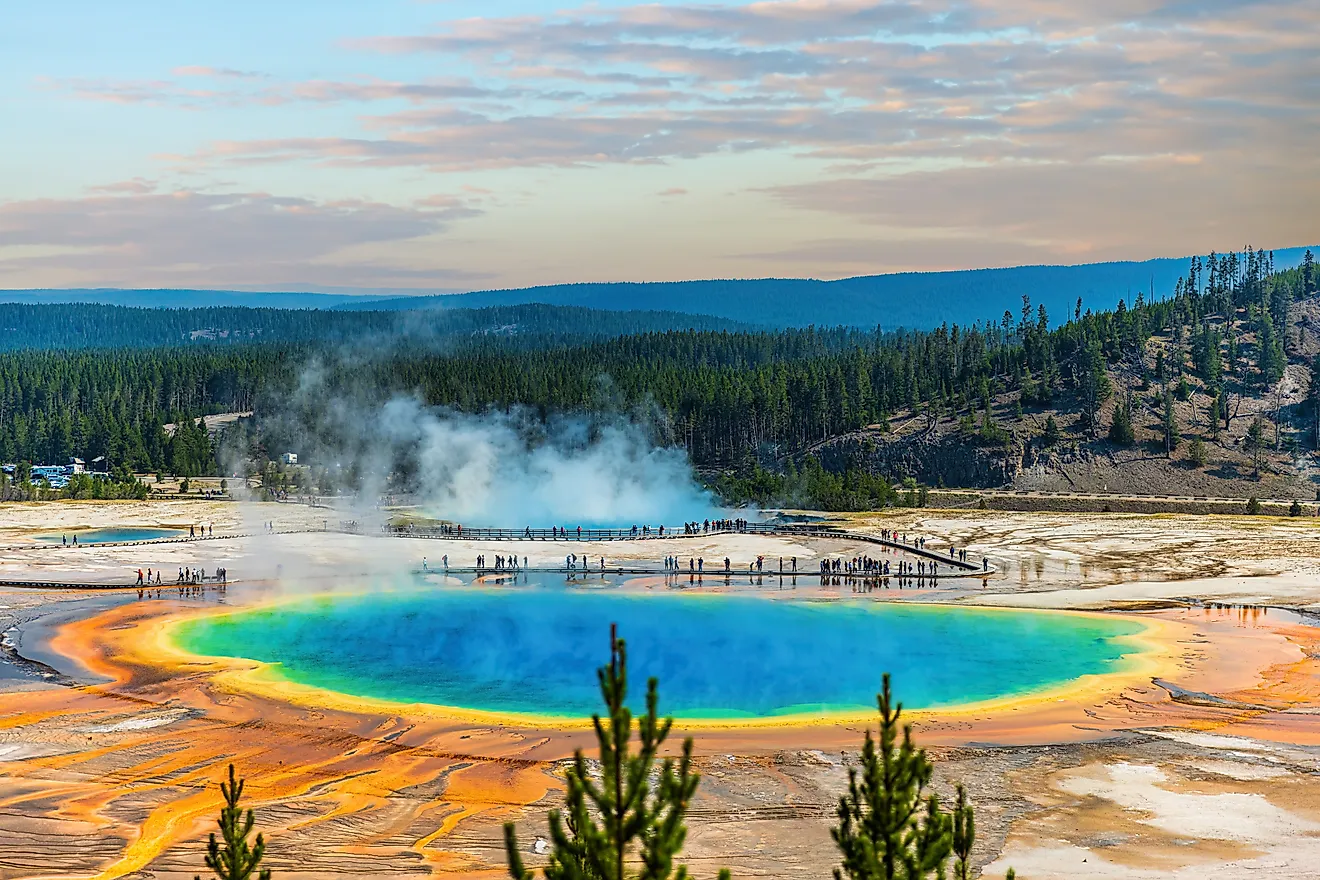Antartida Argenitna

5. Climate and Geography
The "Antartida Argentina or Argentine Antarctica is a triangular area lying between the longitudes of 25°W and 74°W at 60°S, with the tip reaching the south pole, 60% of which is land. It includes the Antarctic Peninsula within its boundaries. Antarctica claims this part of the land as part of its national territory. The region experiences polar climate with long dark winters when the sun does not rise above the horizon and short summers with long days. The winter temperatures can dip to -60°C. At the pole, the ice cap climate, has no months with temperatures above 0°C, resulting in permanent ice fields, some of which are two kilometers deep. There is hardly any precipitation near the South Pole.
4. Historical Role
Argentina was the first country to have a permanent base in Antarctica, starting with a meteorological base in 1904 at the Orcadas Base. This base is still functional and is the oldest permanent human settlement in Antarctica. Argentina has sent more people and conducted more expeditions to Antarctica, than any other country. Argentina has helped many other nations conduct expeditions in Antarctica and has also conducted numerous rescue operations.
3. Modern Significance
Argentina has six permanent settlements at Argentine Antarctica, with 230 people living there, including families with children. This settlement is the largest group of any nationality residing at Antarctica. The region also hosts a school and a hotel. The bases at BelgranoII, Esperanza, Marambio and San Martina are laboratories and meteorological stations. At the King George Island, there is a scientific station.
2. Habitat and Biodiversity
The ice melts in the tundra region and a tree-less tundra with some dwarf plants complete their life-cycle in the short summer. There is however not much vegetation in the Antarctica, as it has little soil. There is a richer fauna that is dependent on the oceans for their food. The microscopic phytoplanktons and krill are the food base for most of the animals here, like the penguins, eight species of whales, six species of seal, and many species of fish. The Antarctica is the coldest place on earth, with ice-fields much larger and extensive than those on the North pole, and totals to about 14 million square kilometers. So it is the continent with the least biodiversity on earth.
1. Environmental Threats and Territorial Disputes
The western sides of Antarctica have registered the highest rise in temperature due to human-induced climate change. The effects of climate change melt the ice sheets at sea, threatening animals dependent of these ice sheets as hunting and resting grounds. Adelie penguins numbers have already decreased due to shrinking habitats. The rising warmth in sea water has affected krill, the primary food of animal life in the Southern Sea, affecting other animals too. The UK's claim (between 20°W to 30°W) and Chile's claim (lying between 53°Wand 90°W), overlaps with Argentina's claim of the Antarctic Peninsula and has been the source of territorial disputes between these countries. These claims were, however, suspended by the Antarctica Treaty in 1961, which did not grant international recognition to any of these claims.











